Content
The largest birds that people raise on their farms are turkeys. Of course, if you don’t take into account such exotic things as ostriches. One of the largest breeds is Canadian turkeys. These giants of the poultry yard reach a mass of 30 kg. This circumstance alone deserves closer attention to this bird.
Description of the Canadian breed of turkeys
The feather color of Canadian turkeys can be white or black with white stripes on the tail. The tail is huge, fan-shaped. Strong long legs. A very wide chest, which gives the Canadian breed its name, Broad-breasted Turkeys. Body tapering towards the rear. The head looks typical for turkeys: bald with skin growths and a bag like a chin. You can see this miracle in the photo.
The massive chin appendage increases in size if the bird is in an excited state. Dimensions can reach up to 15-20 cm.
The main advantage of Canadian turkeys is their rapid growth; turkeys reach their maximum weight of 30 kg, and turkeys reach 15-17 kg in a record time of 3 months. Subsequently, weight gain stops. At the same time, the meat of broad-chested Canadians has high taste qualities. It is tender, tasty and healthy.But that’s not all, Canadian turkeys begin to lay eggs early, subsequently doing so very productively. The egg production period lasts from 9 months to 14-15 months.
Keeping Canadian turkeys
To raise broad-chested Canadians, the following conditions must be met:
- Temperature premises for keeping Canadian turkeys should vary in the range from +5 to +30 degrees. With turkey poults, everything is much more complicated: they are very susceptible to various infections and cannot stand even a little coolness. The temperature for keeping them is from 20 to 25 degrees;
- The Canadian breed of turkeys is very demanding in terms of lighting; the premises must be well lit;
- A spacious, bright room, with perches at a height of up to a meter from the floor;
- Cleanliness of the premises and feeders is a prerequisite for the productive rearing of Canadian turkeys;
- Two things must be absent in the room: dampness and drafts. Bedding made of straw and hay on the floor and perches should always be dry, and under no circumstances should they be allowed to rot.
Nutrition
Rapid growth and high slaughter weight are possible only with a balanced, varied diet. The easiest way to do this is to use ready-made feed. Their composition is specially combined to meet the needs of this bird. In addition, types of feed are divided depending on the age needs of broad-chested Canadians. They contain vitamins and minerals, without which it is impossible to get the proper results from the Canadian breed.
Canadian turkeys can eat regular food, but the diet should be very varied:
- Steamed cereals: buckwheat, corn, wheat;
- Fermented milk products: yogurt and cottage cheese;
- Boiled eggs;
- Finely chopped grass;
- Vegetables: carrots, beets, green onions;
- Meat and bone meal as a source of minerals;
- There must be plenty of clean water.
Breeding Canadian turkeys
The best age for producing offspring in a turkey is from 2 to 4 years. Males of the Canadian breed are most active from 2 to 3 years of age. Canadian turkeys are twice the size of their friends. Due to the large difference in body weight, these birds have problems with mating, which is why they sometimes resort to artificial insemination of females of the Canadian breed.
Hens have well-developed maternal feelings, they patiently incubate eggs, and carefully treat the chicks. In order to prevent the female of the Canadian breed from becoming exhausted while incubating eggs, you need to place a feeder and water next to the nest.
Make a nest at a height of half a meter. Its dimensions must correspond to the size of this bird. Approximately 60*60 cm. The bedding should be clean and dry; good straw or hay is used for it. The nesting room should be separate from the general poultry house.
If you decide to raise turkey poults separately from their mother, then it is necessary to provide them with appropriate living conditions:
- The temperature in the first week of life should be 32-33 degrees, the second – 26-27 degrees, then – 22-23 degrees;
- Feeding in the first days can take place 8-10 times, subsequently the frequency of meals is gradually reduced;
- Give them water 4-5 times a day with water with the addition of potassium permanganate (a very pale solution) or special disinfectants;
- A box with Canadian turkey poults must be constantly cleaned of feces and spilled feed.Soured food residues and droppings at a temperature of 30 degrees contribute to the rapid proliferation of dangerous microbes, and Canadian turkey chicks get sick very quickly;
- The transition to adult food is carried out when the scallops grow.
Buying Canadian turkeys
In order to buy purebred turkeys of this breed, you need to find a well-established farm. When purchasing eggs for an incubator, turkey poults, or adults, certificates are issued confirming that they belong to this species.
Reviews
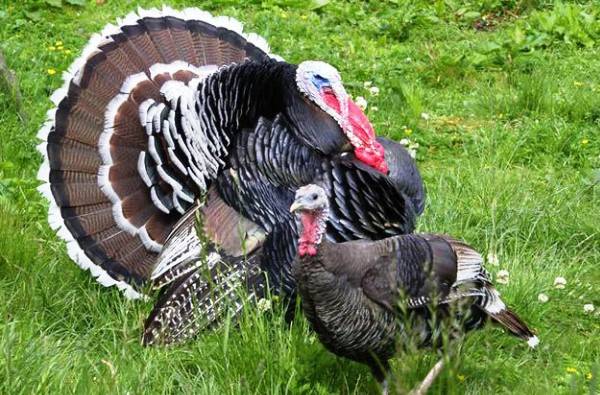
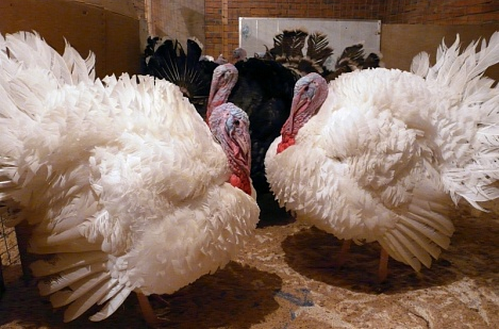
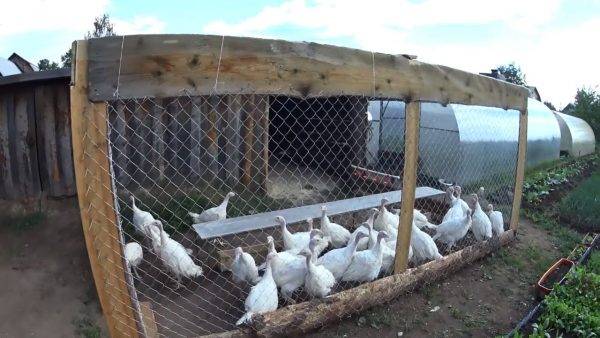
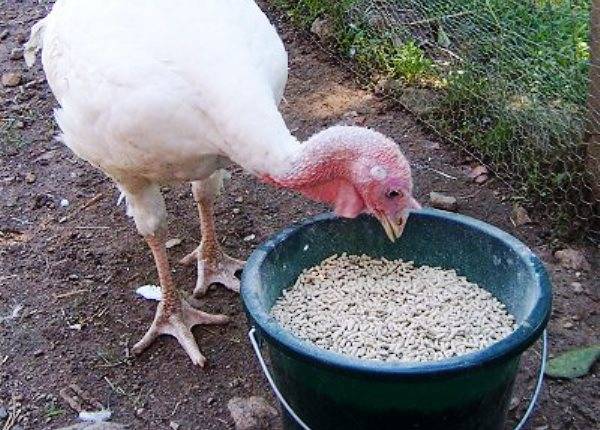
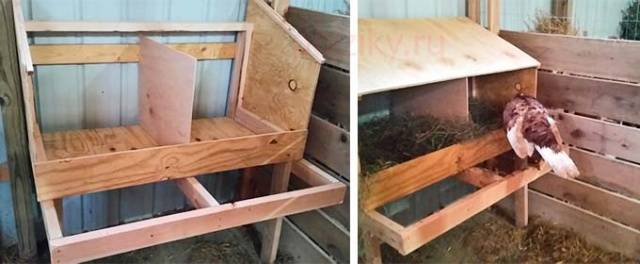
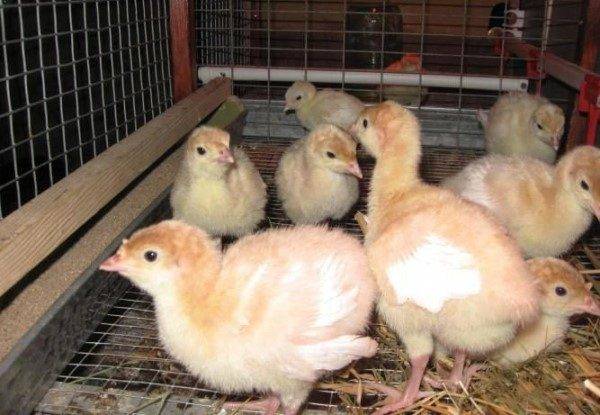
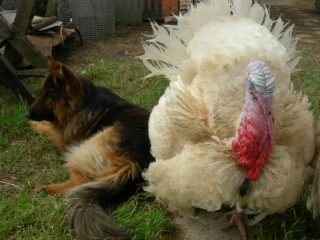

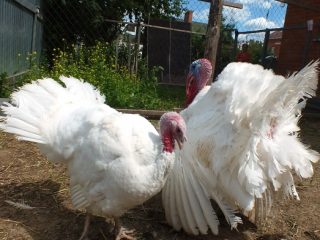



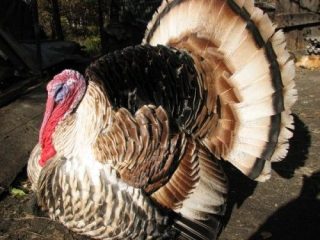
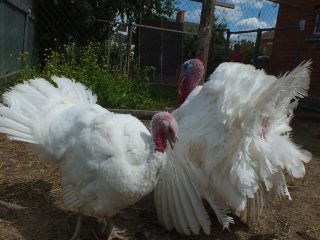
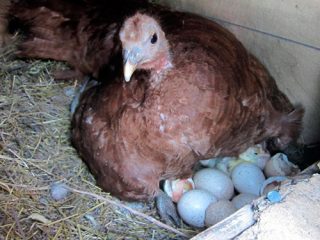
legs are crooked, no growth